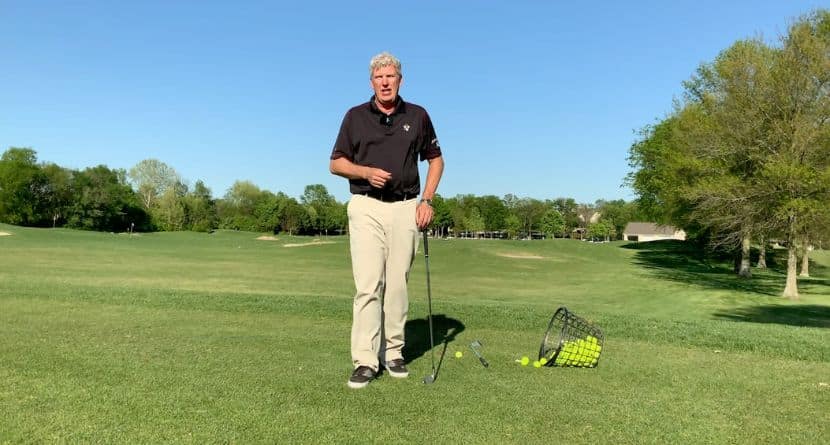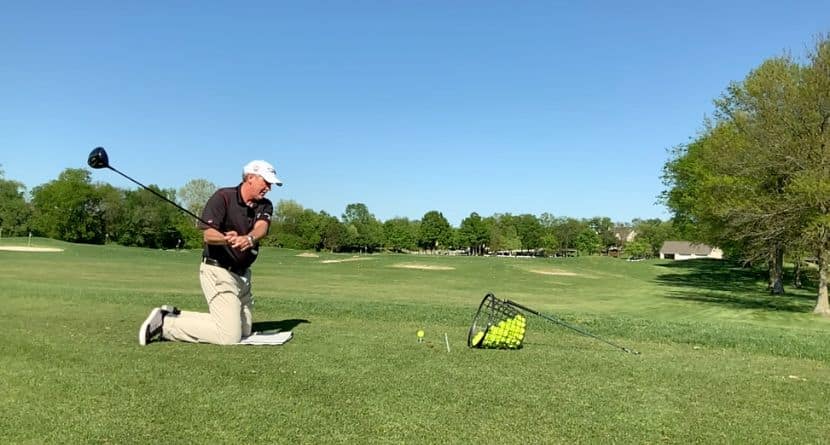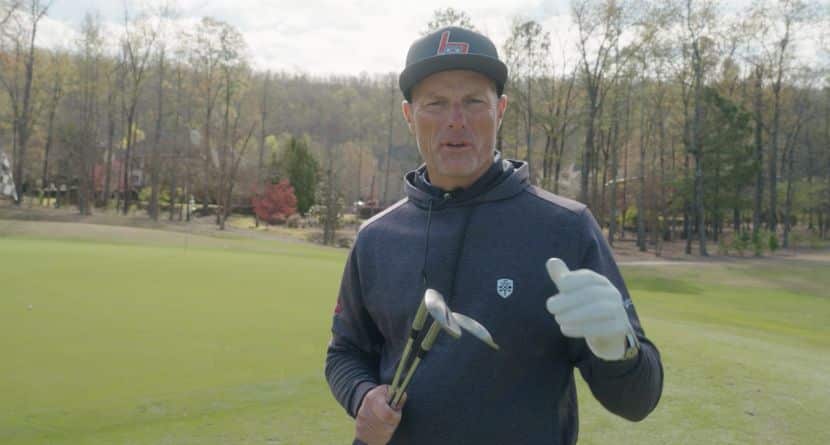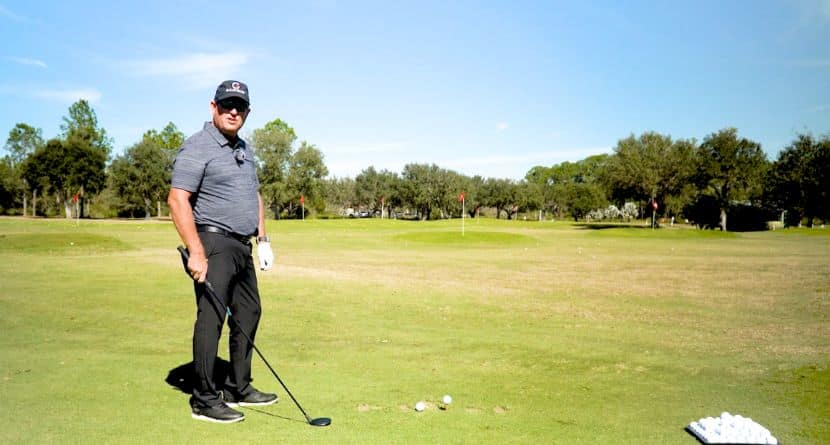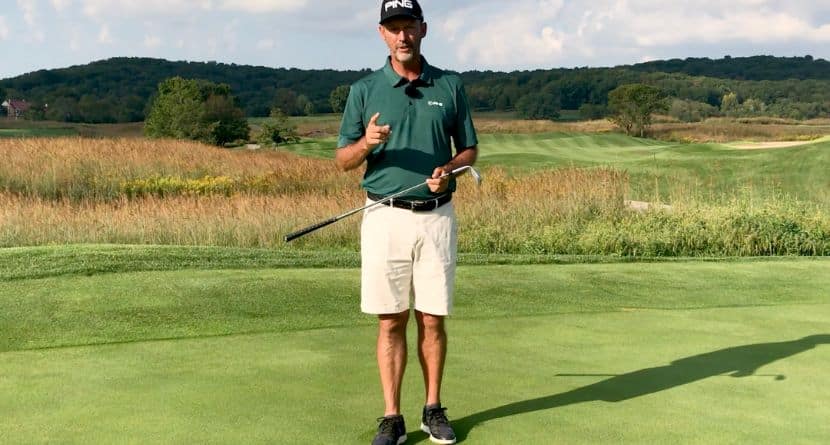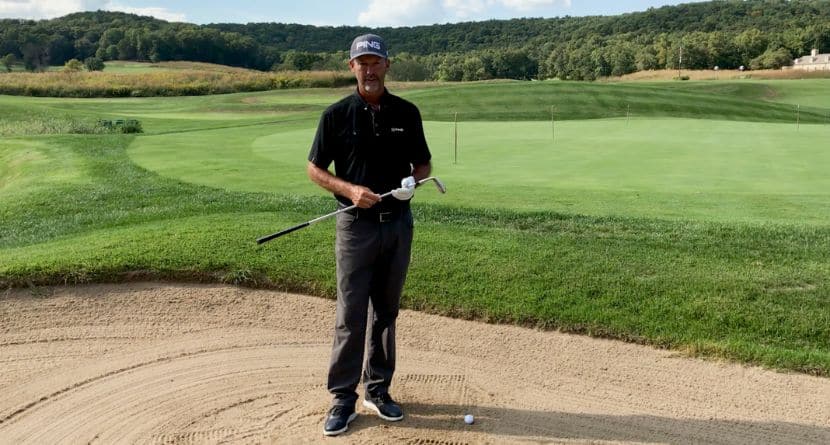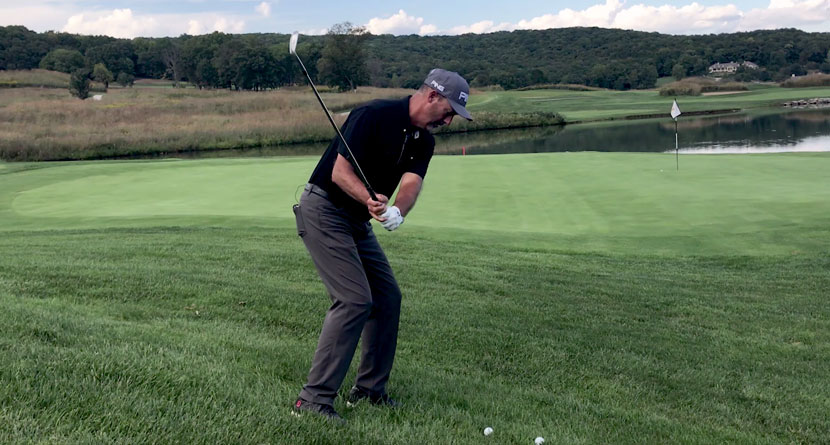- Golf equipment like starter club sets have affordable entry costs, especially buying used – expect $300+ for beginners
- Green fees vary ($40-$50 for public courses) but walking saves money over carts
- Private club memberships have steep annual dues compared to public options
- Save costs through buying secondhand gear, discounts on play, and focusing practice over accessories
Golf has undoubtedly become a more inclusive sport in recent years — particularly amid a participation boom brought on by the pandemic. But the sport struggles to shake its longstanding image as an expensive hobby enjoyed by corporate types and social elites.
Does perception match reality? Let’s delve into the cost of golf, analyzing golf equipment costs, golf membership fees and the typical expenses associated with playing regularly.
How much does golf cost?
- Golf Equipment Costs: Starter sets offer an affordable entry point, with used options further reducing costs. Clubs are an upfront investment, but proper care and strategic upgrades can make them last. A beginner can acquire a serviceable set for as little as $300, with premium options running north of $1000.
- Green Fees: Public courses and weekday rates provide lower fees compared to private courses and weekends. Consider walking instead of riding carts for additional savings. With those variables in mind, a casual player should expect to pay $40-$50 to walk 18 holes.
- Golf Membership Fees: Joining a private club offers various amenities but comes with significant annual dues. Weigh the benefits against your playing frequency and explore alternative memberships offering reduced rates. The numbers vary significantly based on the prestige of the club you’re looking to join, but most memberships come with a five-figure price tag.
- Lessons and Practice: Professional guidance can accelerate your learning, but consider group lessons or online resources for lower costs. Practice facilities and public driving ranges won’t break the bank; the average medium bucket of balls costs around $12.
- Apparel and Accessories: Dress codes have been relaxed, allowing for comfortable, readily available clothing instead of specialized attire. Essential accessories like balls, tees and gloves can be budgeted for strategically. The average golfer spends about $250 annually on apparel, according to a recent report from GolfNeedy.com.
Cost-Saving Strategies:
- Start simple: Begin with used equipment and public courses, gradually upgrading as your passion and budget evolve.
- Seek deals and discounts: Research online for promotions, group rates and twilight offers on green fees.
- Explore alternative memberships: Consider shared memberships, monthly passes or semi-private clubs that offer lower fees than traditional private clubs.
- Embrace secondhand options: Used clubs, balls and accessories can significantly reduce costs without sacrificing quality.
- Focus on practice: Sharpen your skills through affordable practice methods and homespun drills. While some swing aids can cost upwards of $100, there are a lot of practical solutions that will help you achieve similar techniques when you’re honing your craft.
Beyond the Numbers:
While golf does involve financial considerations, it’s crucial to remember its intangible benefits:
- Physical activity and health: Walking the course provides exercise, while the mental focus from golf improves concentration and stress management.
- Social interaction and community: Golf offers opportunities to connect with friends, family and like-minded individuals, fostering social bonds and business contacts.
- Mental stimulation and challenge: The strategic and skill-based nature of the game provides a unique mental workout and a continuous learning experience.
The Verdict:
While upfront costs and potential ongoing expenses exist, golf isn’t inherently an elitist sport. There are plenty of affordable options to explore, allowing new and casual players to focus on the joys of the game. The most important “investment” a new player will make is the enthusiasm and willingness to learn they bring to the course.


